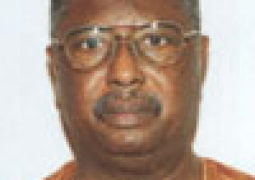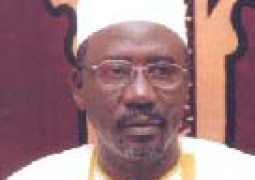Eighty-two models last Sunday were gathered at the Kairaba Beach Hotel to be part of the first selection for the competition slated for December 22 organised by Fashion for Africa.
Out of the lot, 15 will meet other judges, after the first selection was witnessed by a number of judges.
Speaking in an interview with journalists shortly after the final of the first selection, Menda Mbye, project manager for Fashion for Africa, said the main aim of the project is to have a sustainable platform that will seek out and assist emerging talents, create and improve opportunities for the skills sector through the Skills Development Programme for the local or ordinary business by professionals.
In other words, Fashion for Africa project is a vehicle created to improve opportunities for the creative sector in Africa to have a sustainable livelihood that will be contributing to a stable healthy way of living, as well as opening doors or paving the way for non-Gambians to trade and invest in The Gambia.
In addition to this, our aim is to advocate change within the fashion world by getting the policymakers, businesses and the media to recognize that the African textiles, printing and modeling industry can also be a part of an organization’s corporate social responsibility.
Menda Mbye explained that Fashion for Africa was set up in the UK by Mrs Anna who is based there, adding that the project is out to develop and nurture young talents.
The project manager added that the foundation is divided into three arms with the aim of assisting young people and ensuring youth empowerment.
She said further that these models need to be trained in different areas to the level that when the winner gets her prize she will proudly demonstrate the African beauty.
“Our aim is to project The Gambia as an event tourism destination,” she said, adding that The Gambia is a haven for investors.
“By helping and nurturing talents through vocational training, we believe that we can contribute to sub-Saharan Africa’s need to create 8 million jobs as part of the United Nations Economic Commission for Africa.”
The vision of Fashion for Africa is for Africa to become industrious as South Asia and attract big manufacturing contracts from The Gap, Monsoon, Nike, TopShop and H and M, who have already ventured into African print.
“This vision can only be sustainable overtime if policymakers assist us in undertaking this project,” Menda Mbye appeals.




